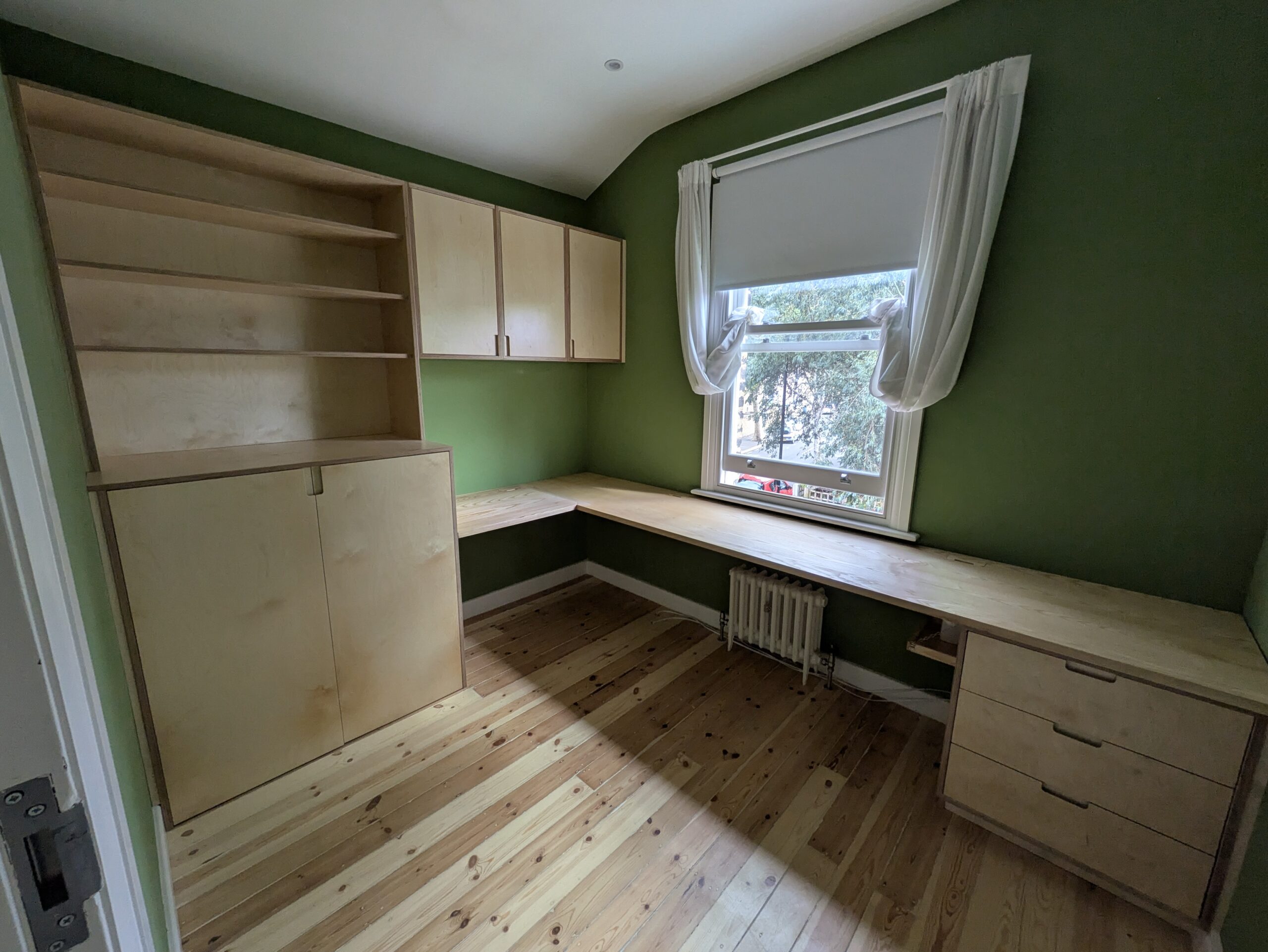What Wood – Birch Ply – While the rest of the series has been on solid timber, mostly hardwoods, we do use quite a bit of Birch Ply, so I think it would be nice to talk a little about it. Birch ply, also known as furniture grade ply, is made of multiple layers of birch veneers. These are stacked and glued in perpendicular layers, giving a strength and stability that surpasses solid timber.
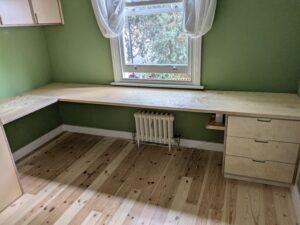
Generally, we work with BB/BBB grade. The grade tells you what to expect the faces to look like. In this case, the better face is BB. This means that there may be some knots and also some well-fitted plugs. It is possible to get B/BB grade birch ply, but the paper thin veneers they face it with (so-called “artisan” grade) are horrible. They chip easily and if you sand them, they come pre-sanded, you quickly sand through to the next layer which is pinkish and stands out like a sore thumb. For this reason, I prefer to use a lower grade face and accept a greater level of imperfections. Where clear face timber is needed, e.g. a high-end birch ply cabinet door, it is possible to cut out what you need.
Birch ply cuts well and sands easily. The edge grain is, I think, quite attractive. It is clearly ply, not solid wood, but I don’t think that needs hiding. Where we want to cover it, then a redwood pine lip works beautifully and matches in well. It will also take finishes in a similar way so looks like it was always part of it.
Birch Ply Finishes
Speaking of finishes, I like to oil or varnish birch ply, sometimes with a stain beneath. It’s not a material I tend to paint, unless it’s being used as part of something else, e.g. a fill panel on a shaker door. It has a modern scandi look and is best embraced for what it is. The edges don’t paint well and will always look like ply if exposed.
Compared to other plywoods, it is much nicer. There are far fewer voids, so the edges are nicer. It has plenty of layers, and they are well glued. The face sands well and finishes well. Cheaper plys, like WBP or shuttering grade, will have a lot more voids, fewer layers, a rougher face and are often more warped and twisted. It is quite resistant to water damage, better than MDF, but not as good as marine ply. The trouble with marine ply is that it is not a furniture grade ply (it’s also very heavy!) so the faces don’t typically finish well. For furniture, birch is king.
There are limits to how flat a piece of Birch Ply will stay. While it is generally more stable than an equivalent sized board of solid wood, if you make unsupported pieces, e.g. a large slab door, too large then they are likely to warp with time. I have been to a few jobs in the past where they have asked me to try and rescue warped doors that somebody else has made without adequate forethought. While not impossible, it is not easy to do and so best avoided.
Pros
- Cheaper than solid timber
- More stable than solid timber
- Attractive face
- Works well
- Few voids
- More durable than most other sheet materials
- Takes a stain well
- Doesn’t expand and contract as much as solid wood
Cons
- Can warp if large pieces are unsupported
- Edges don’t paint well
- A grade face is hard, or impossible, to come by except by cutting out of lower grade stock
- Not as durable as solid timber
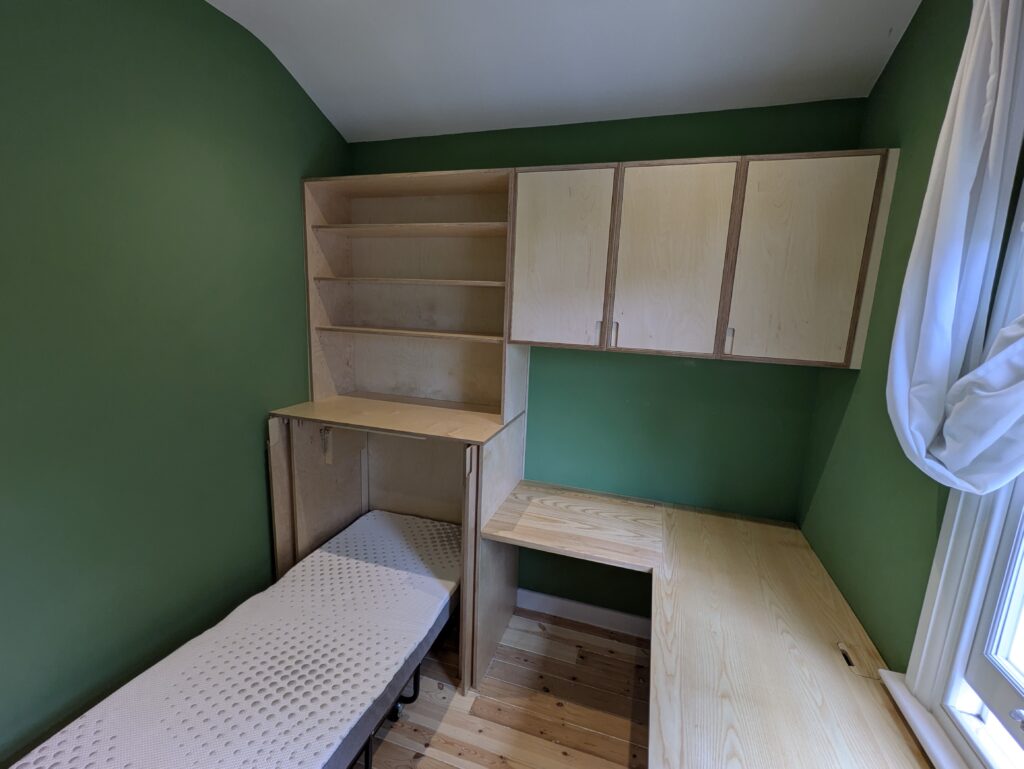
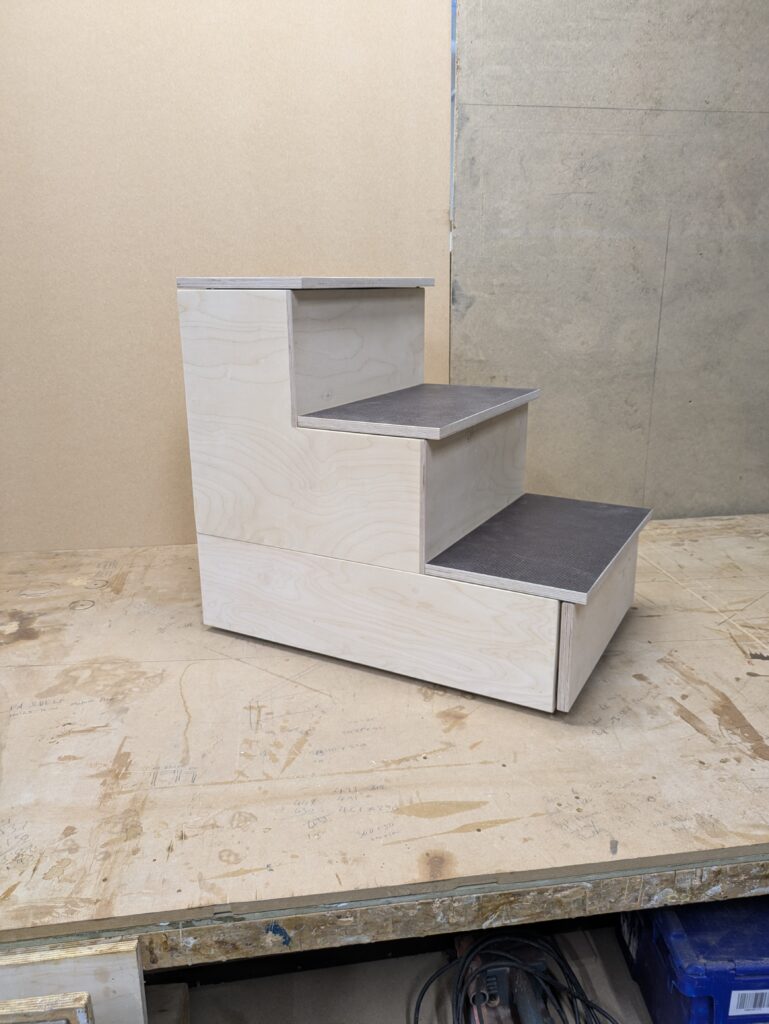
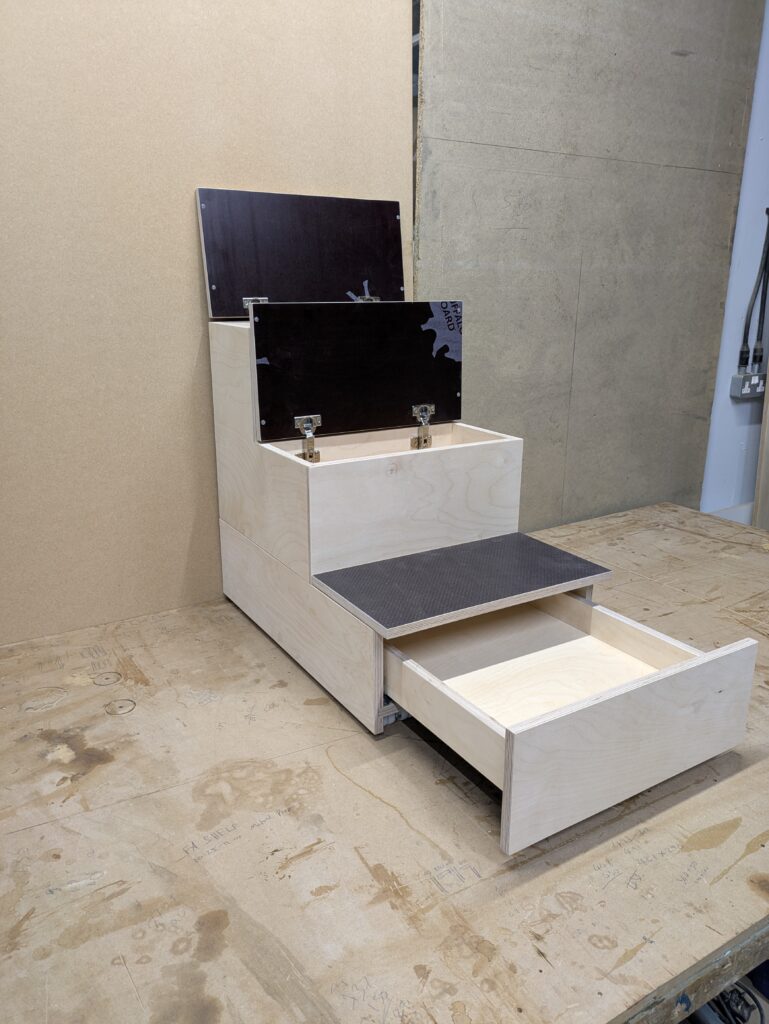
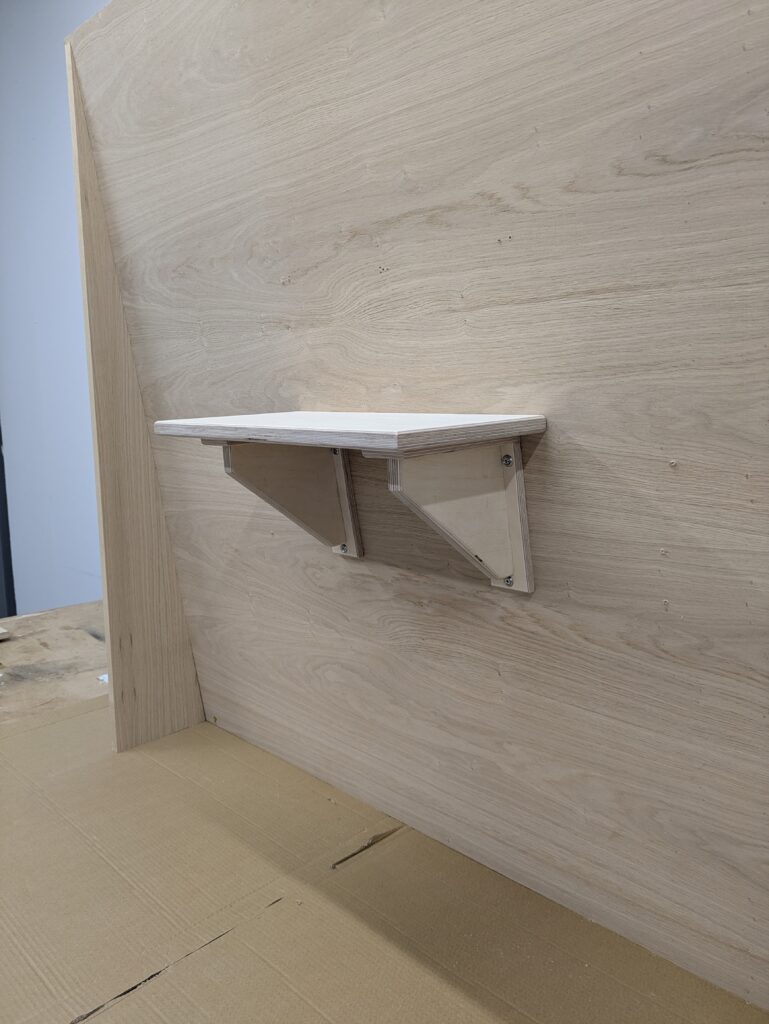
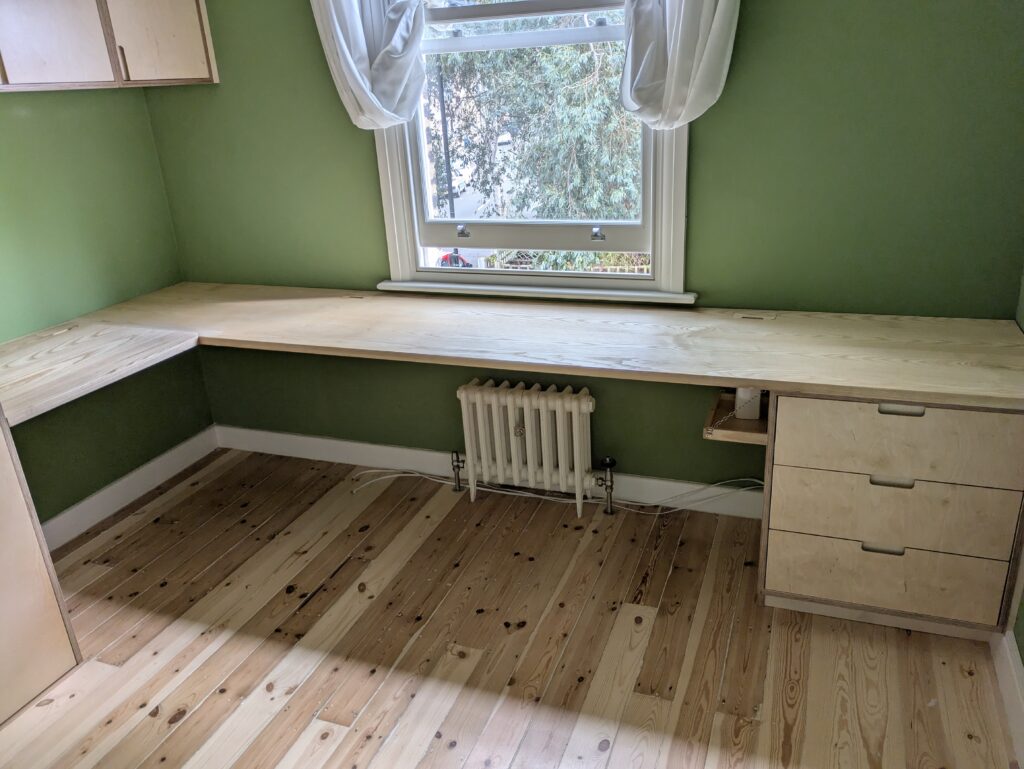
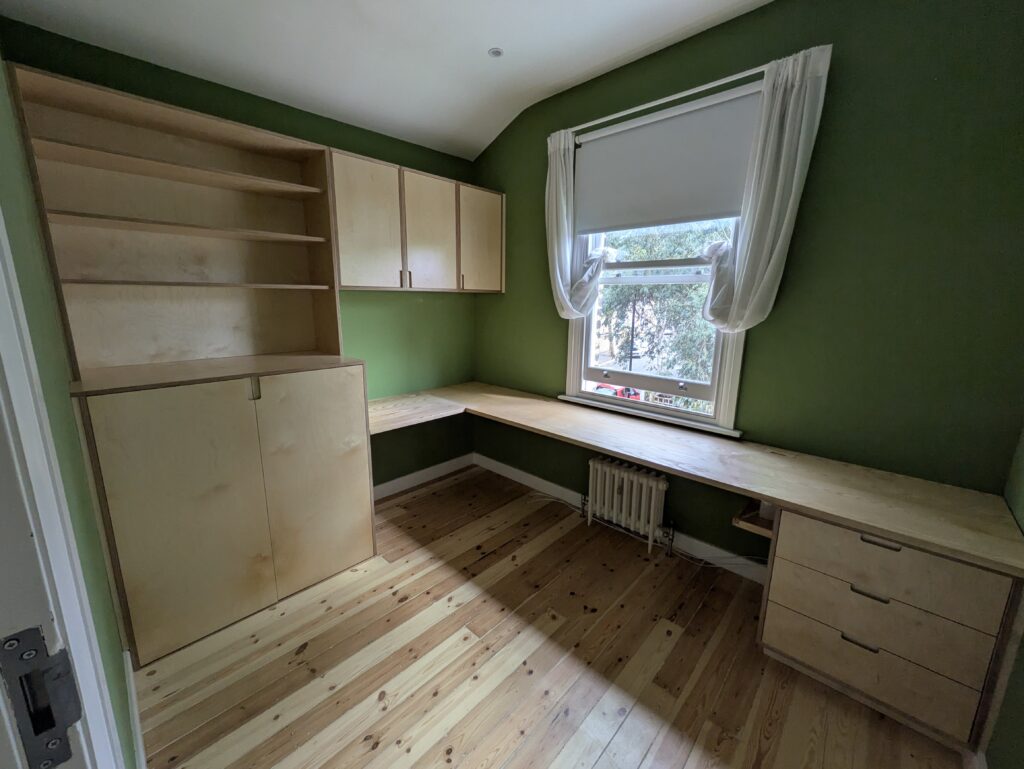
Enjoy more reading in these articles.
- K is for Kitchens – What you need to Know
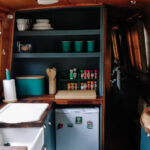
- Important Update on Bespoke Orders at Cluett Carpentry

- The Breaks Are On, the bunting is down – Find out More Now

- Black Friday Early Access Sale Update – Find Out More

- B is for Bedrooms! A tantalizing look at the challenge.
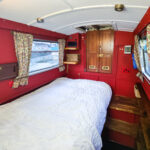
- Get Ready for Tempting Epic Savings: Our Black Friday Early Access Sale is Here! 🎉


